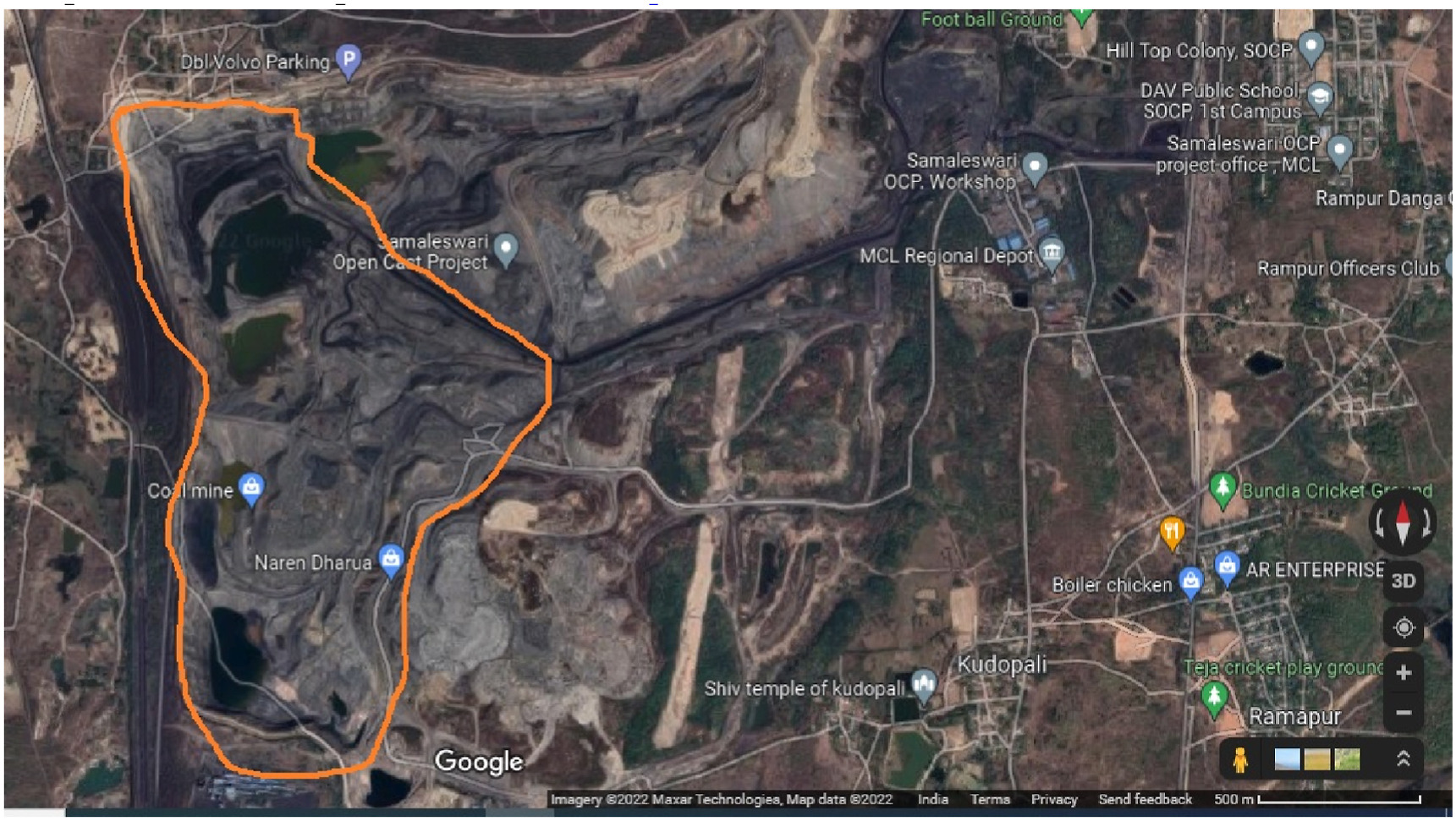JRMGE / Vol 15 / Issue 1
Impact of orientation of blast initiation on ground vibrations
Dayamoy Garai, Hemant Agrawal, Arvind Kumar Mishra
Show More
a Indian Institute of Technology (ISM), Dhanbad, India
b Central Mine Planning and Design Institute Limited, Ranchi, India
2023, 15(1): 255-261. doi:10.1016/j.jrmge.2022.03.012
Received: 2021-07-04 / Revised: 2022-01-05 / Accepted: 2022-03-15 / Available online: 2022-05-03
2023, 15(1): 255-261.
doi:10.1016/j.jrmge.2022.03.012
Received: 2021-07-04
Revised: 2022-01-05
Accepted: 2022-03-15
Available online: 2022-05-03
The blast-induced ground vibrations can be significantly controlled by varying the location and orientation of point of interest from blast site. The blast waves generated due to individual holes get superimposed and resultant peak particle velocity (PPV) generates. With the orientation sequence of holes blasts on site, the superimposition angle of wave changes and hence results in significant variation in resultant PPV. The orientation with respect to the initiation of blasts resulting in lowest PPV needs to be identified for any site. By knowing the PPV contour of vibration waves in mine sites, it is possible to reduce the vibration on the structures by changing the initiation sequence. In this paper, experimental blasts were conducted at two different mine sites and the PPV values were recorded at different orientations from the blast site and its initiation sequence. The PPV contours were drawn to identify the orientation with least and highest PPV generation line. It was found that by merely changing the initiation sequence of blasts with respect to the sensitive structure or point of interest, the PPV values can be reduced significantly up to 76.9%.
Keywords: Peak particle velocity (PPV), Initiation orientation, Wave superimposition, Orientation of blast, Blast initiation
Article Data
Author(s) Information
Dayamoy Garai

Dr. Hemant Agrawal received his B.tech, M.tech and PhD degrees in Mining Engineering from Indian School of Mines, Dhanbad, India. Presently, he is working as a Manager (Mining) at central mine planning and design institute Limited, Ranchi (A subsidiary company of Coal India Limited). His research interests include mine blasting, blast-induced ground vibration, controlled blasting technique, underground mining, initiation systems and opencast mining.

